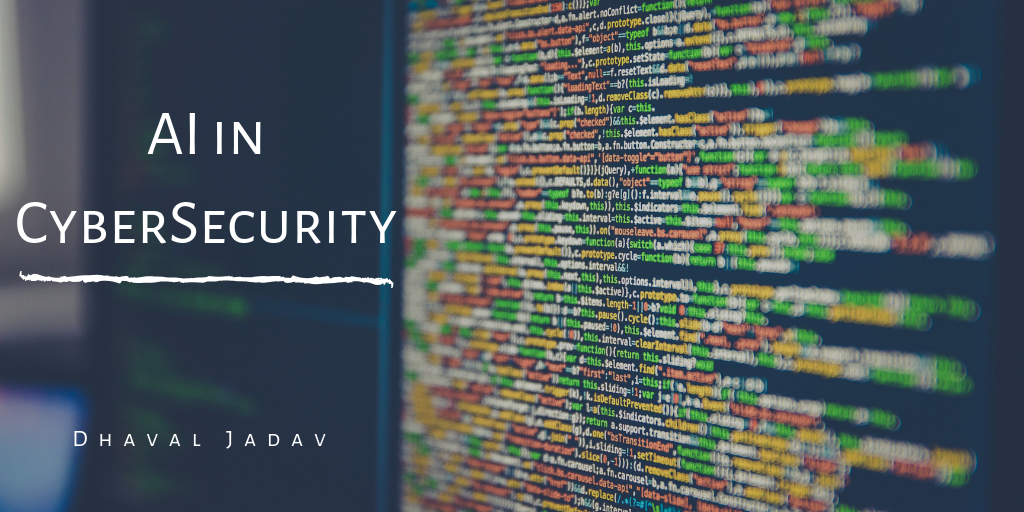The number of industries that are affected and ultimately improved by technology is almost limitless. From areas that I’ve previously discussed, such as agriculture, architecture and engineering, to others that you may not have even expected.
Cybersecurity is a tech-based industry on its own, and over the years, we’ve seen major developments that have not only improved day-to-day processes but also challenged technology to reach new lengths. Developments such as Artificial Intelligence (AI) are now being used across multiple industries, and it’s drastically changing the way things are done. In the world of cybersecurity, AI is making great strides.
Filter Human Error
As humans, we are prone to making unintentional mistakes. However, in the world of technology and data security, mistakes have the potential to be detrimental to an organization or an individual’s personal life and information. Data breaches for large companies can happen at any time. Often, these companies have tons of consumer information in their systems that, when put into the hands of a hacker or someone with the wrong intentions, can cause significant problems in the consumer’s life.
While many organizations utilize trained professionals to manage and keep track of the security status of sensitive company or consumer information, errors can happen. AI tends to improve standard security measures and better secure things such as e-mails, files, website and other administrative tools. According to Doug Cahill, “AI algorithms are getting more accurate at finding patterns that indicate malware as cybersecurity vendors run them against absolutely massive collections of known good software and known bad software.”
Detect Threats
Malware has been a long time issue in the world of data and cybersecurity, and while traditional threat protection systems are developed to combat malware, according to Forbes contributor, Naveen Joshi, there are around 10 million new malware threats created each month. To better combat such issues, cybersecurity companies are adopting AI systems to better detect malware, viruses and other threats by utilizing datasets, codes and different algorithms. AI developed for this purpose can recognize malicious behavior within different software and further improve the security process against threats and hackers.
Biometric Logins
Most people who utilize the internet have a number of different usernames and passwords to access their online accounts. From e-mail accounts to banking, shopping, etc., passwords are used as a form of identity and an access point to potentially sensitive information. With that said, many individuals have passwords that may be easy to figure out and for hackers, can be rather predictable. Many experts believe that while at one time passwords were our way of keeping our information secure, today, they may not be enough. AI has introduced biometric login techniques that limit the potential for data issues and improve security when logging in to an account. Consider how you unlock a new iPhone; while you have the option of using a numbered passcode, your home button is now a scanner that only opens the phone with the correct fingerprint. This is a form of biometric logins that could potentially limit the opportunity for data breaches.


Recent Comments